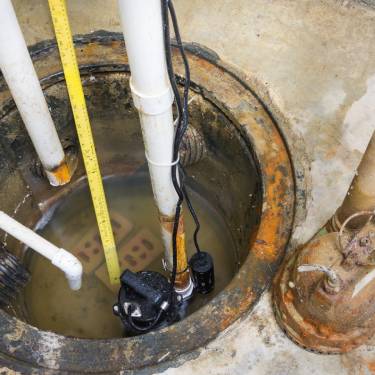
Water might be a life-giver, but when it finds its way into your basement, it’s anything but helpful. Often, it’s not until you notice musty odors or unwanted pools of water that you realize something’s amiss.
Homeowners must understand the common signs that their home needs a sump pump installation. We’ll guide you through the telltale signs that suggest your home might require this essential equipment.
Frequent Basement Flooding
Has your basement turned into an unwanted indoor pool during rainstorms? If so, that’s a big sign your home needs a sump pump installation. Frequent flooding not only damages belongings but also weakens your home’s structure.
One of the benefits of installing a sump pump in your home is it helps redirect water away from your foundation, keeping your living space dry. It’s a proactive step to avoid costly repairs down the line.
Cracks in the Walls or Floor
Notice any cracks in your basement walls or floor lately? While some might consider these cosmetic issues, they often indicate deeper problems. Water can seep through these cracks and exacerbate the damage over time.
Ignoring them can lead to more significant structural issues, such as uneven settling or potential collapse. Installing a drainage system is a wise move to prevent further deterioration and maintain your home’s structural health.
Musty Odors or Mold
That musty smell in your basement isn’t just unpleasant—it’s a sign of mold growth. Mold thrives in damp environments and can spread rapidly if not addressed. This can lead to health issues for you and your family. Exposure to mold can cause respiratory problems, allergies, and other health conditions.
It’s especially dangerous for those with weakened immune systems or preexisting conditions. Addressing moisture and preventing mold growth with a sump pump will protect your family’s health.
Water intrusion isn’t just an inconvenience; it can pose risks to your home. Recognizing these signs can save homeowners time and money. A sump pump installation might be the solution you need to keep your home secure and dry.
Bio: Casey is a passionate copyeditor highly motivated to provide compelling SEO content in the digital marketing space. Her expertise includes a vast range of industries from highly technical, consumer, and lifestyle-based, with an emphasis on attention to detail and readability.



















